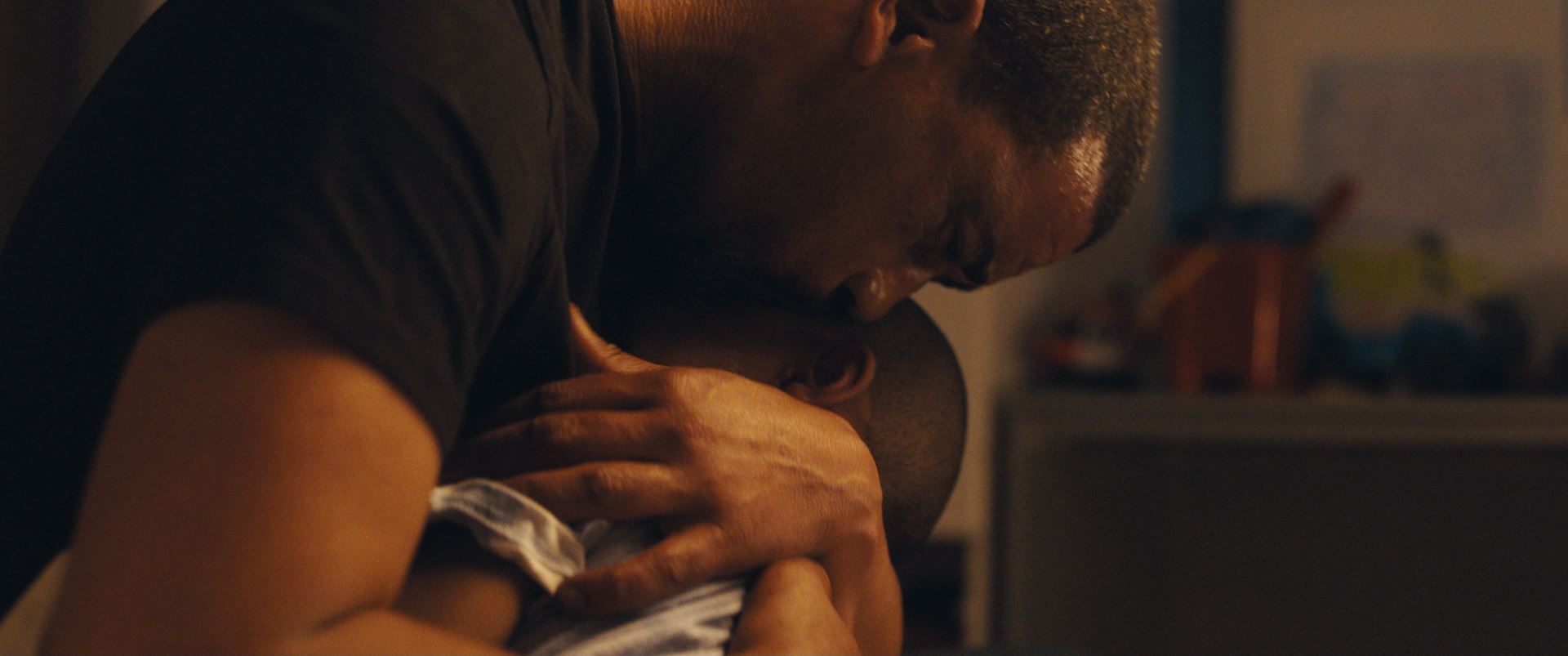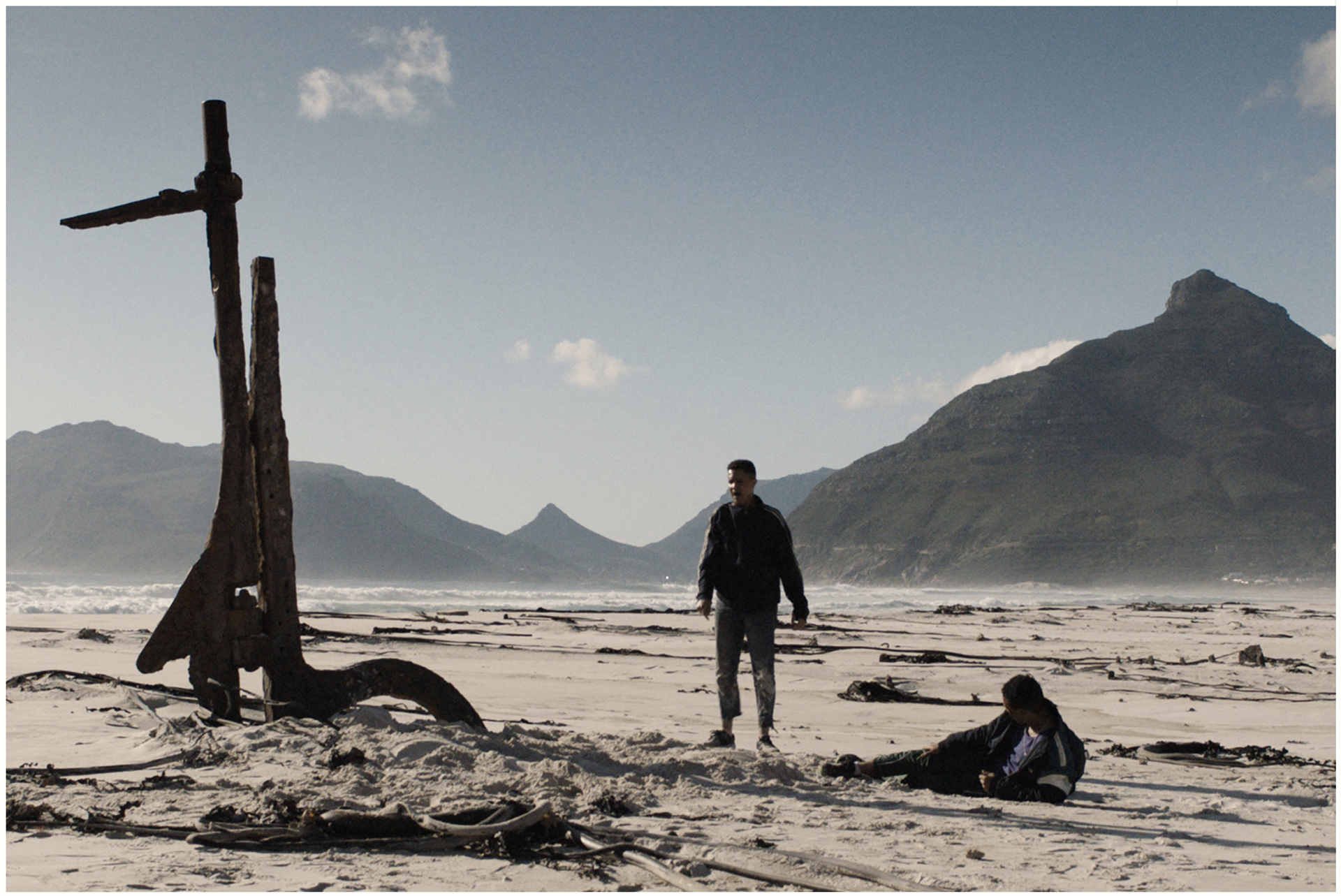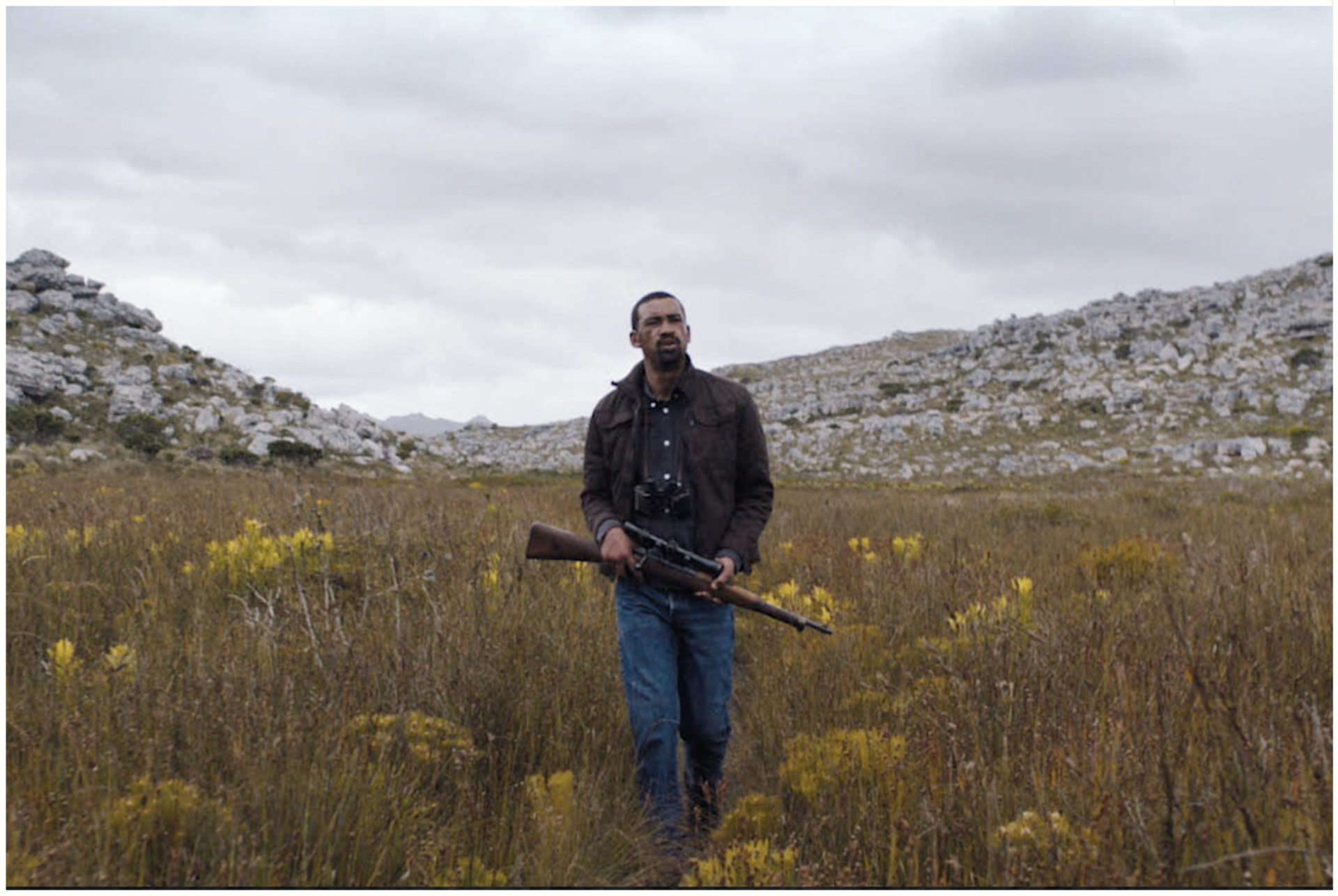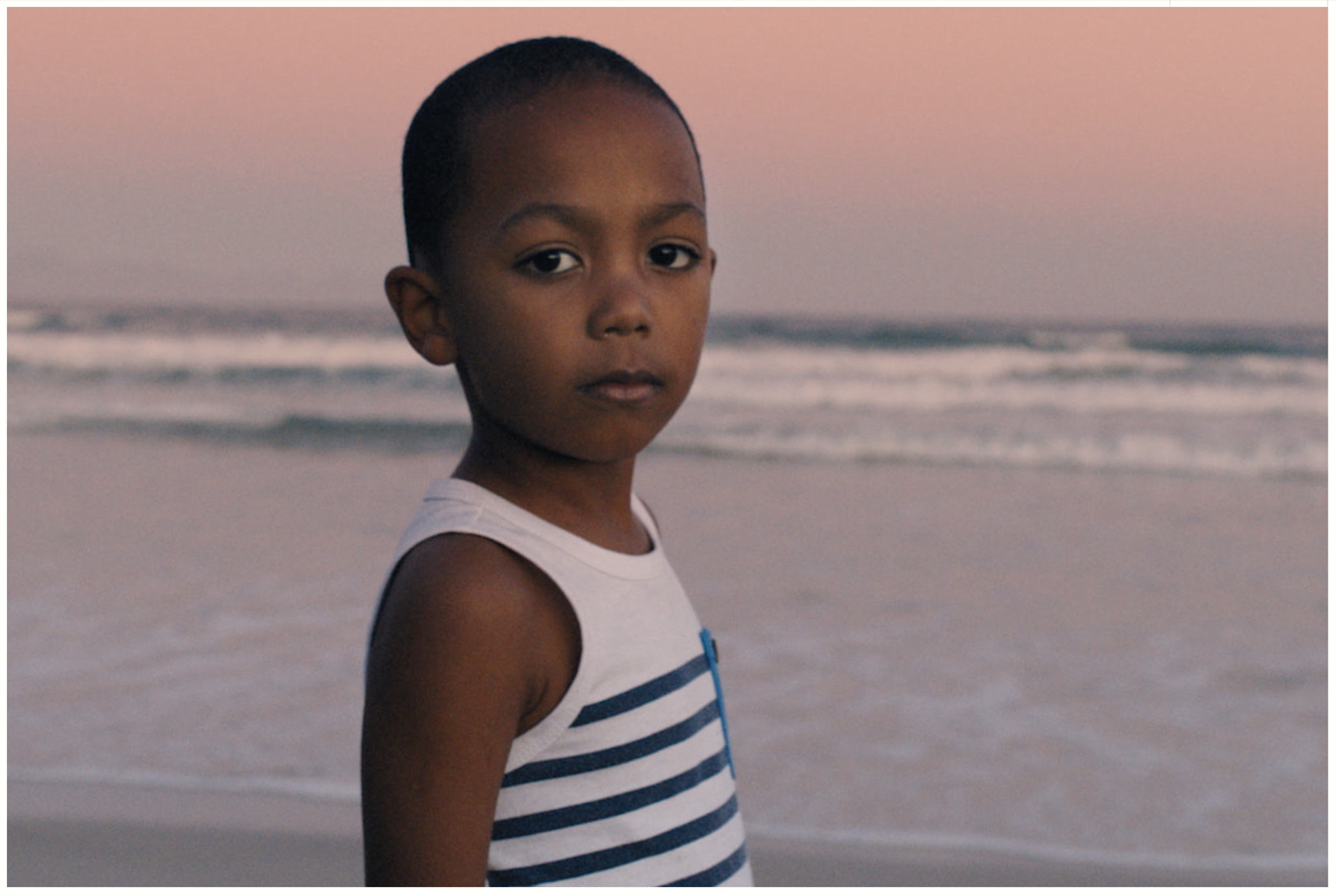
Feature film ‘Sons of the Sea’ recently won the Best South African Film Award at DIFF, and is currently playing at the Austin Film Festival.
Set in a small fishing village on the outskirts of Cape Town, we follow brothers Mikhail and Gabriel who discover a dead body and two bags of abalone. They take the loot into the shadows under a sliver of a moon, but are tracked down and pursued by a corrupt government official. Eventually cornered, the brothers turn violently on each other. But they also shoulder one another, softly and seamlessly. In both brothers we see reflections of us all, as we watch their journey to maintain their tenuous clasp on survival unfold.
Cinematographer Sebastian Cort discusses his experience shooting ‘Sons of the Sea’.
I had the pleasure of working on my first feature film with long time collaborator, writer/director John Gutierrez. John and I first worked together in London and he later relocated to Cape Town, where we came together again to shoot ‘Sons of the Sea’ in 2019. We both have a strong background in documentary, and our approach here was very similar to developing a documentary film - from forming relationships and being welcomed into the community, to shooting with intuition in a documentary style which gives the film a “social realist naturalism feel”

Coming from the world of documentary, this was the perfect story for me to sink my teeth into. The film is grounded so heavily in the real world, that I wanted to capture the raw, grittiness of the story and honour the underlying truth in what the characters were experiencing. John and I have very similar aesthetics, in prep we mostly communicated through references and stills. A lot of the discussions were based around capturing the emotions of the characters, with emphasis on the change each would go through in the story.

It was a really special project to be a part of. John, who is of Mexican American and Yaqui heritage, and I both feel strongly about telling the stories of indigenous peoples. These stories are ones that need to be heard, and are not told enough. John summed up our aims for the film in an interview with New Frame, “I wanted to show connections between Indigenous communities across the world, reflecting on the legacy of colonialism and show how we share a common experience of systemic racism. There’s a symmetry around the pain and struggle even to this day and a magnificence in our survival.”
Before production John spent several months visiting the community listening to oral testimonies- hearing their stories and understanding their point of view. Through these stories he began to draw parallels to his own people’s history, which became a way in to making the story his own. One teenager from the community, Noor Emandien, had a special interest in developing his skills as a filmmaker and wanted to get more involved, so he became our advisor and was later cast in the film.

From the beginning our producers Khosie Dali and Imran Hamdulay wanted to decentralise white narratives both in the filmmaking and the casting. We had a majority Black & mixed race South African crew as well as an all Black cast. The Kalk Bay community (where the film takes place) also own a share in the net profits of the film - they were such a huge part of telling this story, so it’s fitting that they can benefit from its successes.
As a DOP, I’ve always been passionate about capturing stories that question a sense of belonging, provide windows into the human psyche and inspire us all to grow as humans. Filming ‘Sons of the Sea’ allowed for all of that and more. It’s inspired me to pursue narrative film deeper with hopes of contributing to telling more stories like these, those which have long been brushed under the carpet and slowly eroded from history.

Check out these other articles about this beautiful project.
https://africasacountry.com/2021/06/trapped-by-history
https://www.newframe.com/sons-of-the-sea-and-the-tentacles-of-colonialism/
Trailer - https://vimeo.com/491005222